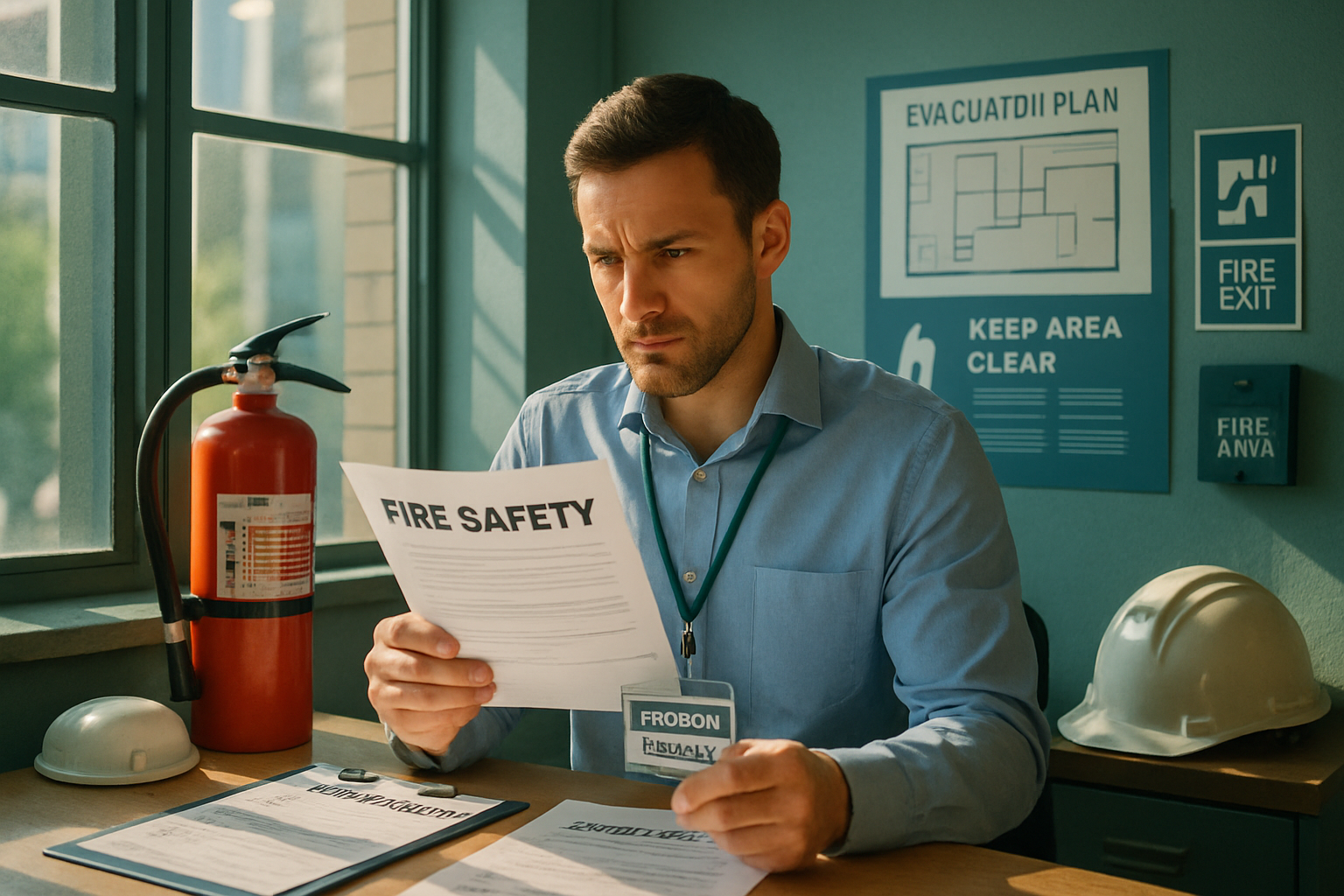Ensure your properties are protected and legally compliant with essential fire safety inspections designed for property managers.

Understanding Fire Safety Regulations for Real Estate Properties
Navigating fire safety regulations is a critical aspect of real estate property management, particularly within California's complex legal landscape. Property managers must remain vigilant with state and local fire codes, including the California Fire Code and local amendments which often require stricter measures for multi-family and commercial properties. These regulations govern the installation and maintenance of fire alarms, extinguishers, sprinkler systems, and safe egress routes.
Keeping abreast of evolving compliance requirements is essential for investor risk mitigation and portfolio stability. Regularly consulting municipal fire authorities and industry resources ensures that fire safety protocols align with both legal obligations and industry best practices, safeguarding asset value and tenant well-being.
The Essential Fire Safety Checklist for Property Managers
A comprehensive fire safety checklist is foundational for ongoing compliance and tenant protection. Key elements include verifying the expiration dates on all fire extinguishers in common areas, ensuring that exits and pathways remain unobstructed by furniture or personal belongings, and clearly communicating evacuation plans to all tenants.
In addition, property managers should maintain detailed records of annual fire drills, system checks, and any corrective actions taken. This documentation not only demonstrates due diligence to regulatory authorities but also reassures investors and tenants that safety remains a top operational priority.
Common Pitfalls and How to Avoid Fire Safety Violations
Common pitfalls for property managers often stem from overlooked details such as expired fire extinguishers, blocked emergency exits, or insufficient tenant communication. Failure to keep accurate records of safety checks and drills can also expose properties to fines and increased liability.
To mitigate these risks, property managers should implement structured schedules for equipment inspections, utilize checklists during property walkthroughs, and ensure all safety documentation is up-to-date and accessible. Investing in ongoing staff training and tenant education further reduces the likelihood of compliance failures.
Preparing for Fire Safety Inspections: Tips and Best Practices
Preparation for fire safety inspections is best approached as a year-round commitment rather than a last-minute scramble. Scheduling and documenting biannual fire safety walkthroughs, including photographic evidence and detailed logs, supports both compliance and operational transparency.
Providing evacuation maps in lease packets, tenant portals, and common areas ensures all residents are informed of emergency procedures. Collaborating with local fire departments to offer tenant training sessions not only builds community trust but also demonstrates proactive management to regulatory bodies and investors.
Leveraging Technology for Ongoing Fire Safety Compliance
Modern property management platforms offer robust tools to streamline fire safety compliance. Digital checklists, automated reminders for equipment inspections, and secure document storage simplify ongoing management and audit preparation. These systems also enable real-time reporting and communication with both tenants and owners, ensuring timely response to safety issues.
Embracing technology not only enhances compliance but also provides investors with transparent oversight of safety protocols across their property portfolios. This data-driven approach supports strategic risk management and reinforces All Inclusive Realty’s commitment to operational excellence and regulatory adherence.


